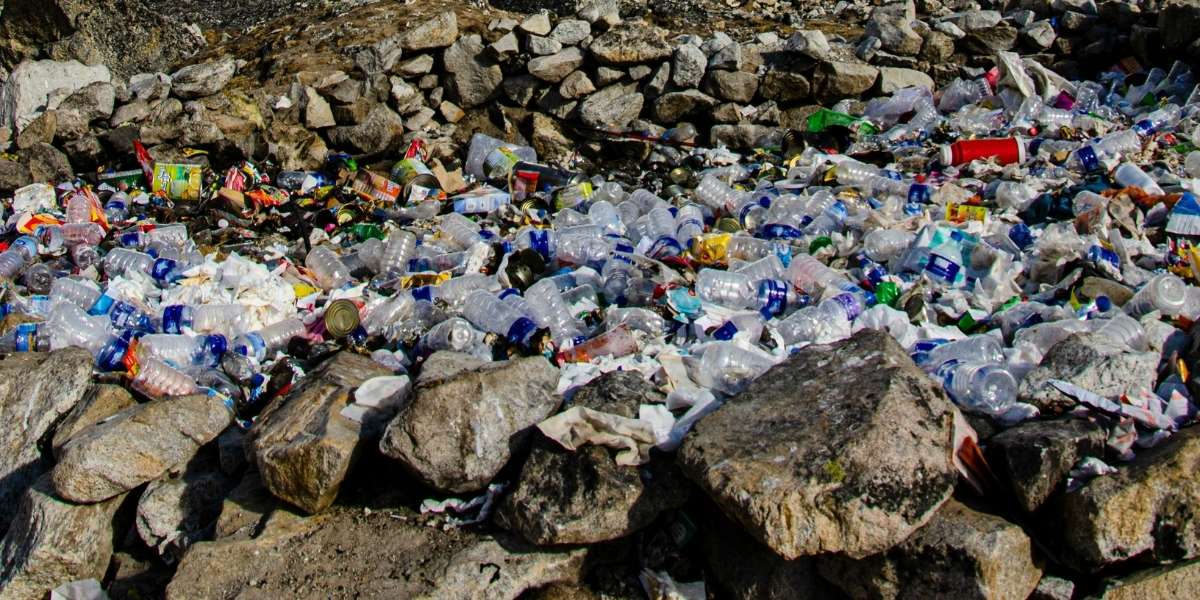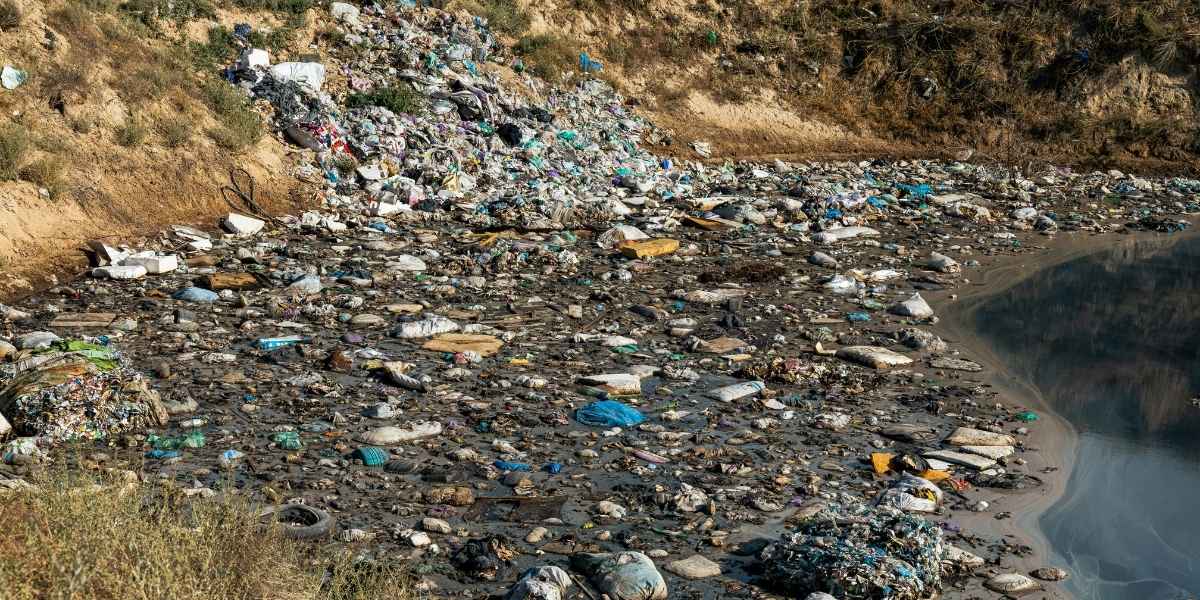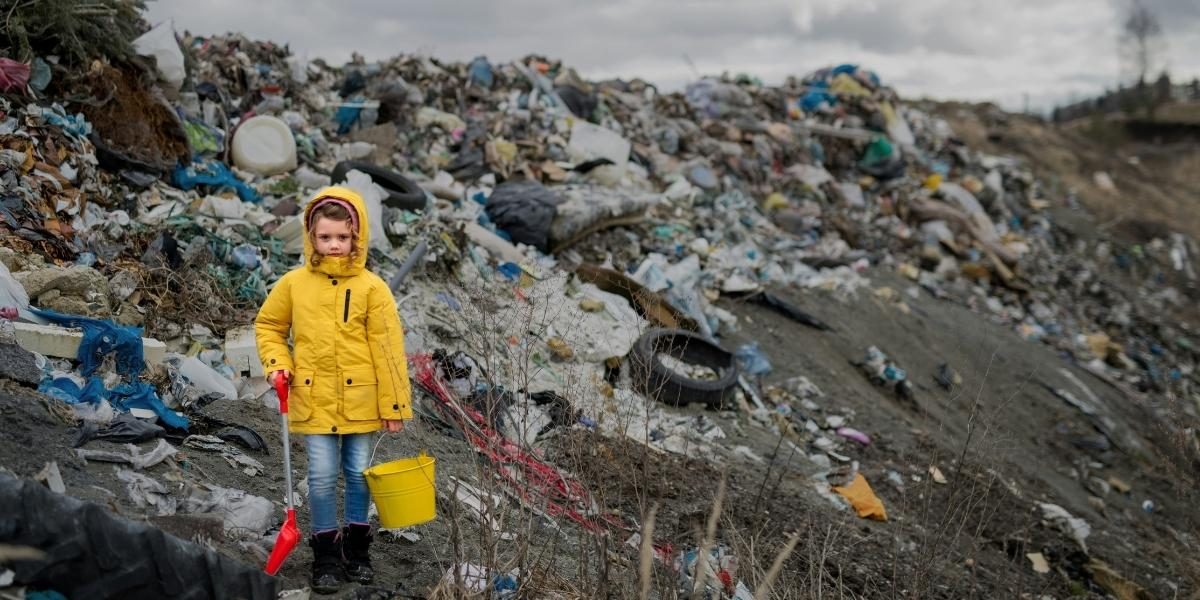Every day, people around the world generate an astonishing amount of trash. From discarded food packaging to old electronics, the sheer volume of waste is a testament to the modern lifestyle of consumption and convenience. While waste has always been a part of human society, the current scale of the issue has created what many experts now refer to as a global garbage crisis. This is a complex problem with far-reaching consequences, affecting public health, the environment, and the world’s oceans. It is a crisis driven by population growth, rapid urbanization, and a culture of single-use items, all of which contribute to an ever-growing mountain of discarded materials that the planet struggles to absorb.
Read Also: How Deforestation Contributes to Rising Global Temperatures
The problem is not just about the amount of trash being produced; it is also about what happens to it after it is thrown away. A significant portion of the world’s waste is not managed properly. This results in waste being dumped in open landfills, burned in uncontrolled fires, or simply left to accumulate in the environment. This mismanagement has created a host of problems, from air and water pollution to the degradation of ecosystems. The challenge lies in finding sustainable, equitable ways to manage this enormous volume of waste, a task that requires a concerted effort from individuals, governments, and industries.
What Are the Main Drivers of the Global Garbage Crisis?
The primary driver of the garbage crisis is the rapid increase in waste generation. This is closely linked to two major trends: population growth and urbanization. As the world’s population expands and more people move to cities, the amount of waste generated per person tends to increase. Urban dwellers often have higher consumption rates and rely on a larger number of packaged goods, which contributes to the overall volume of trash. This shift to city life puts a strain on existing waste management infrastructure, especially in developing nations that may not have the resources to keep up with the pace of growth.

In addition to demographic changes, a culture of convenience and consumerism also plays a significant role. The widespread use of single-use plastics and disposable products has made a large portion of daily life dependent on items designed to be used once and then discarded. From coffee cups to food containers, these items represent a significant portion of the total waste stream. The shift away from durable, reusable goods has created a linear system of production and disposal, where materials are taken from the Earth and then quickly thrown away, with no thought given to their end-of-life cycle. This model is simply not sustainable in the long run.
How Does Improper Waste Disposal Impact the Environment?
The mismanagement of waste has a devastating effect on the environment. When garbage is not properly collected or disposed of, it often ends up in open dumps or landfills that are not designed to contain pollutants. As waste breaks down, it releases a potent greenhouse gas called methane, which contributes to climate change. The burning of trash, a common practice in many parts of the world, releases toxic pollutants into the air, which can harm respiratory health and contaminate local environments. These practices not only affect local communities but also contribute to a global problem.
The most visible consequence of the global garbage crisis is plastic pollution. Millions of tons of plastic enter the world’s oceans each year, a staggering amount that has created immense floating garbage patches and polluted countless coastlines. This plastic waste breaks down into smaller and smaller pieces, called microplastics, which are ingested by marine life and can enter the human food chain. These plastics can also entangle and harm wildlife, leading to a direct threat to biodiversity. The problem is so widespread that microplastics are now found in even the most remote parts of the planet.
What Are the Main Challenges in Waste Management?
Effectively managing waste is a complex challenge that varies significantly between different parts of the world. In many developing nations, the lack of a proper waste management system is the biggest hurdle. Without a formal collection process, a person often has no choice but to burn their trash or throw it in a nearby river. This lack of infrastructure is often due to a lack of funding, technical expertise, and public awareness. As a result, these countries bear a disproportionate burden of the garbage crisis, even though they may produce less waste per capita than developed nations.

Even in developed countries with formal waste collection systems, challenges remain. Recycling, while a positive step, is not a perfect solution. The process is expensive, and many types of plastic and other materials are difficult to recycle. Furthermore, a significant amount of material is sent to landfills or incinerated, practices that still contribute to environmental pollution. The current system is not designed to handle the sheer volume and variety of materials being produced, and the emphasis has historically been on disposal rather than reduction or reuse. Overcoming these challenges requires a shift in mindset and significant investment in new technologies and infrastructure.
What Are Some Potential Solutions to the Waste Problem?
Addressing the global garbage crisis requires a multi-pronged approach that starts with changing how people think about waste. The first and most important step is to reduce consumption, especially of single-use items. This can be as simple as carrying a reusable water bottle or a shopping bag. The next step is to embrace the principles of a circular economy, where products are designed to be reused, repaired, and recycled, rather than thrown away. This shifts the focus from a linear model of production and disposal to one where materials are kept in use for as long as possible.
Read Also: The Global Health Response to Mpox and Its Long-Term Implications
Beyond individual actions, there is a need for large-scale solutions. This includes developing better recycling technologies that can handle more types of materials. It also includes investing in waste-to-energy facilities that can turn non-recyclable waste into a source of power, reducing the need for landfills. In communities that lack formal systems, the establishment of proper waste collection and sorting facilities is a crucial first step. International cooperation is also essential to address issues like the global trade of waste, which often leads to wealthier nations exporting their problems to less equipped ones. By combining individual changes with large-scale systemic solutions, it is possible to begin to solve the world’s waste problem.








